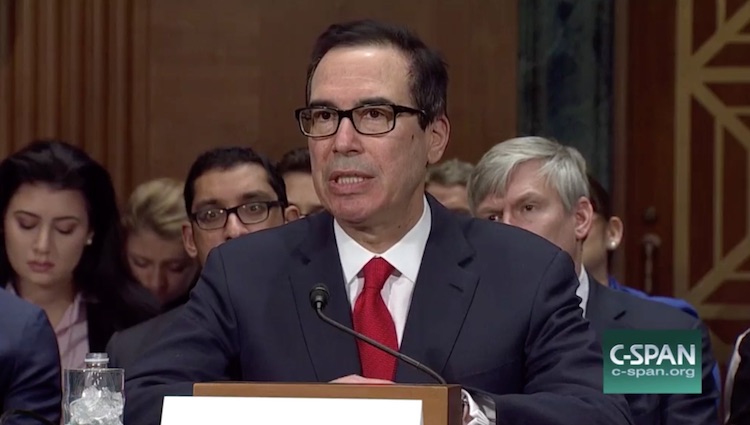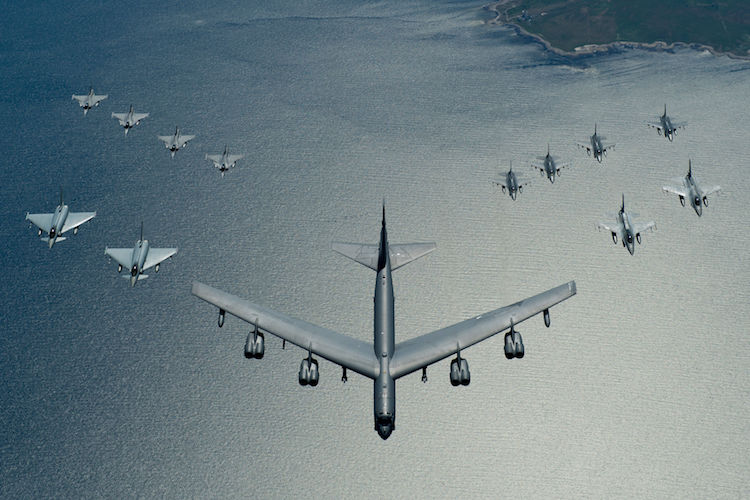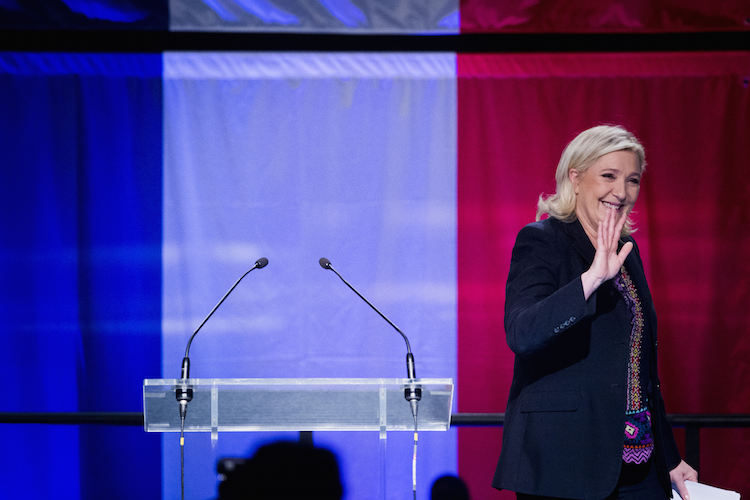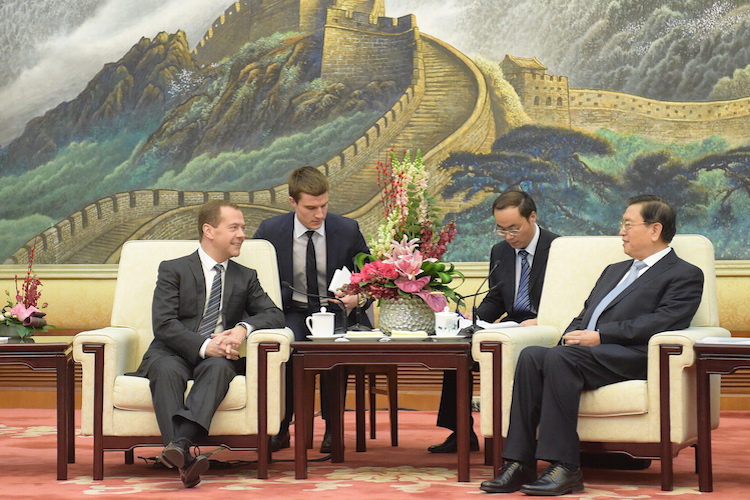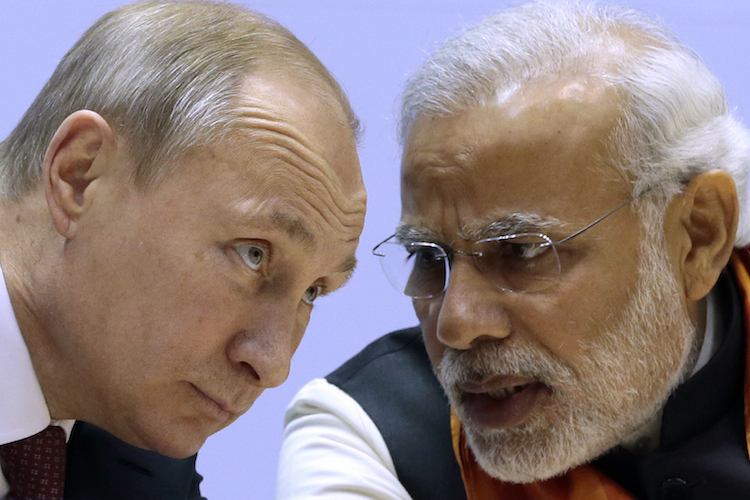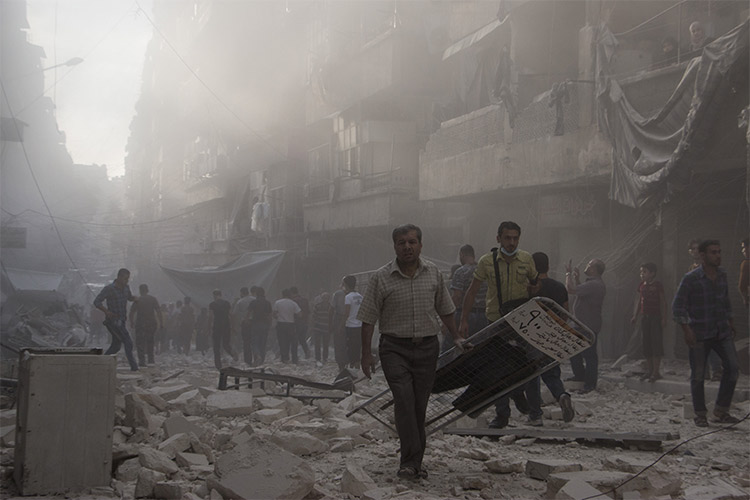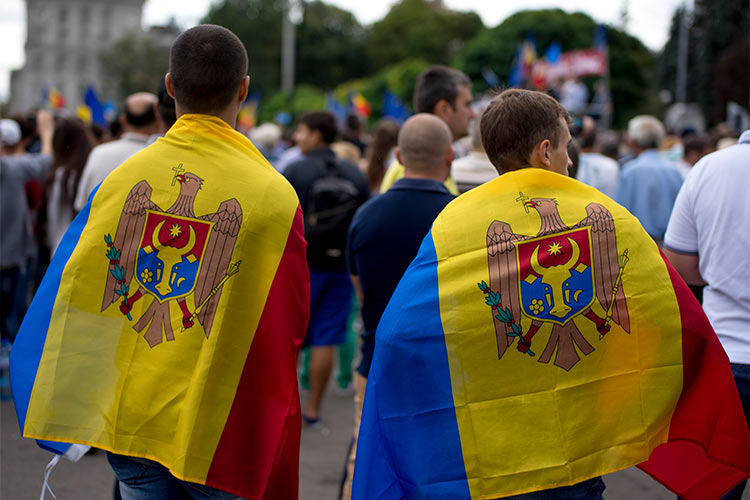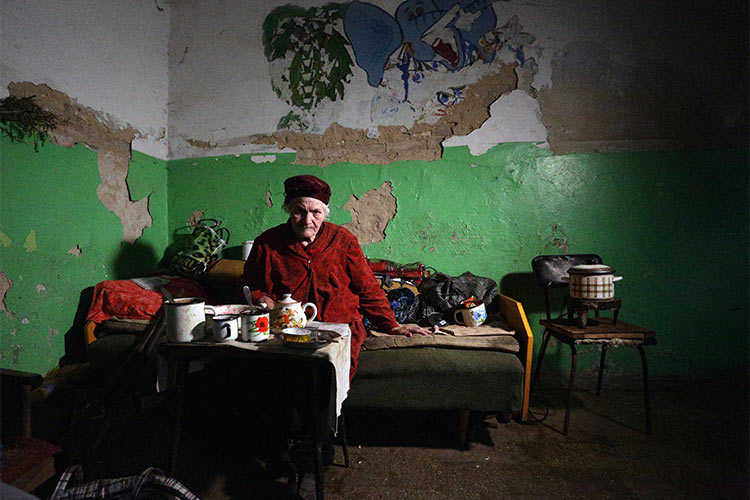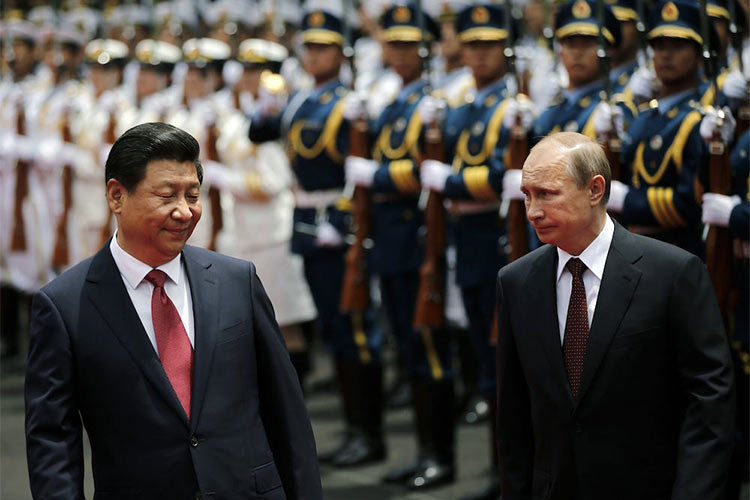Subscriber
Our newsletter delivers a digest of analytical articles and op-eds published on our website, along with the latest updates on the IMR activities on a monthly basis.
Trending
News
- WAR IN UKRAINE: the world is at the critical junction, urgent action is needed now IMR's president Pavel Khodorkovskiy calls for immediate action to shelter Ukraine's sky and prevent a humanitarian catastrophe.
- IMR’s statement on the situation in Ukraine
- CEPA–IMR joint event: COVID-19 and information warfare On December 15, the Center for European Policy Analysis (CEPA), in collaboration with the Institute of Modern Russia (IMR), hosted a panel discussion on the findings and lessons learned from the recently released reports “Jabbed in the Back” and “The Rise and Fall of Sputnik V.” Dalia Bankauskaitė, Ben Dubow, Olga Khvostunova, and Vera Michlin-Shapir shared their views on how Russia and China engaged in information warfare during the COVID-19 pandemic. James Lamond moderated the discussion.

